There are newcomers in non -heritage | Wang Kang: Printing for thousands of years between square inches
Author:Litchi News Time:2022.07.07
【Open Language】
General Secretary Xi Jinping emphasized that "we must strengthen the protection and inheritance of intangible cultural heritage, actively cultivate the inheritor, and let the intangible cultural heritage bloom more charming glory." Litchi News launched the bilingual micro -documentary "Non -Heritage" of the "Youth Shouteller" series, through thousands of years of context, trek thousands of mountains and rivers, recorded the traditional non -heritage renovation story, and listened to the voice of youth inheritance. After a while, the images retain memory, cultivate spiritual contexts, cultivate cultural self -confidence, and present a gorgeous and continuous Chinese civilization to the world.
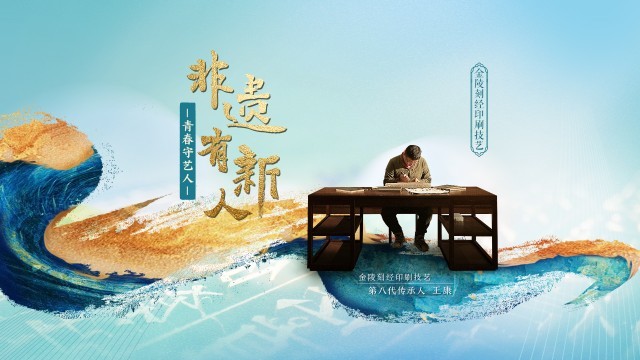
Beitong Presidential Palace, Nantian Confucius Temple, No. 35 Huaihai Road is located in Nanjing Xinjiekou. Da Yin is in the city, located on this house number, a simple house, in the surround of high -rise buildings, prominent purity and solemn.
In 156, the late Qing scholar Yang Renshan founded the "Jinling engraved scripture" here. The Han Buddhist scriptures of the nation's temples were basically hidden here. At present, the best carving works in the country and the world are also preserved. In this small world, one of the UN's intangible cultural heritage -Chinese carving printing skills (Jinling engraved through printing skills) has been passed down to the eighth generation.
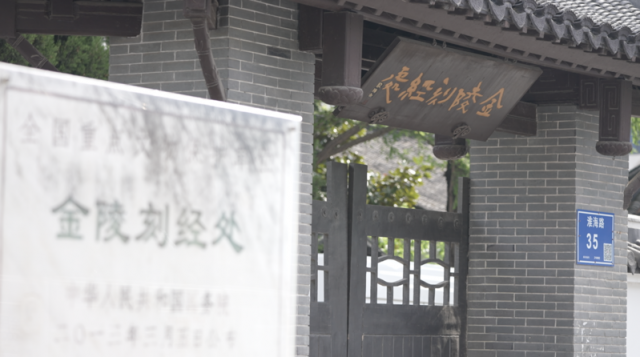
As early as the same: "post -90s", the fate of Mengxin and millennium skills
In 2010, 18 -year -old Wang Kang also attended the appraisal and restoration of ancient books at the Mochou Middle Vocational School in Nanjing Mochou (now Nanjing African Heritage College). When participating in the reimbursement of ancient books in Jiangsu Province on behalf of the school, Wang Kang met the two inheritors Ma Mengqing and Deng Qingzhi at the Jinling engraved scriptures. In a fate, the two teachers told Wang Kang on the spot that if they were interested, they could systematically learn carving printing skills at the Jinling engraving.
In the following year's graduation season, Wang Kang took the buses to go to school from the door of the engraving office. Essence
Today, Wang Kang has worked for more than 10 years at the Jinling engraving, and has participated in more than 20 ancient books and nearly 100,000 words of sculpture. Recalling just now, Wang Kang has a sense of "as early as the same", "a seed is planted, it germinated and grows in the underworld. This road is walking down, it is natural."
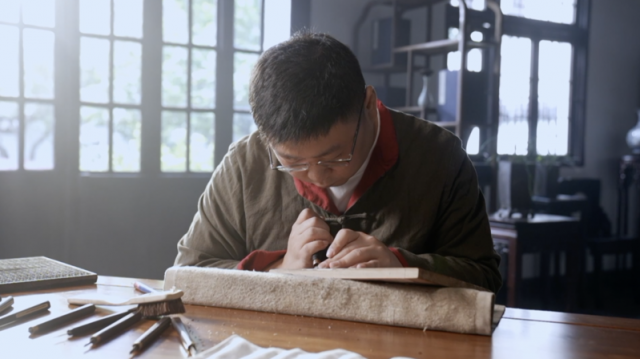
Before Wang Kang, some young people also came to the engraving place, and most of them left after a brief contact.
For the seventh -generation inheritor of Jinling's printing skills, Wang Kang is the first "post -90s" young man who really wants to learn the printing skills she wants to learn carving. "Many people think that our craftsmanship is behind, but Wang Kang really loves and is proud of it. Sometimes he will show people with engraved scriptures."
For the source of joy when showing the work, Wang Kang compared it as a queue to eat. "After waiting, the food you hand will become more delicious. The process may not be easy, but the result will definitely become infinitely beautiful."
The thousand -year -old Buddha scriptures of the clouds are engraved in the thousand -year -old Buddha scriptures. Wang Kang's original intention is very simple. "I always want to see the best things to future generations." It was a joy of inheritance. Whenever the carved version of the carved version is fresh, Wang Kang described, "as if witnessing the birth of the baby with his own eyes."
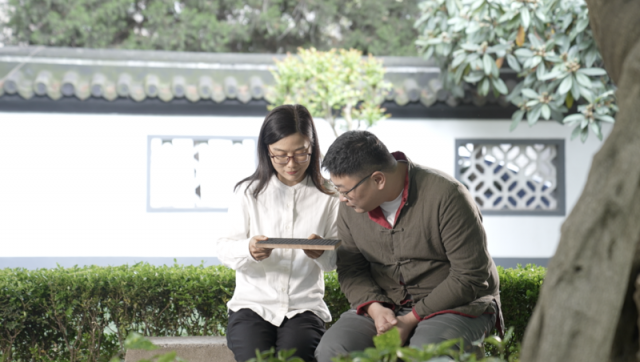
Wang Kang and Deng Qingzhi
Such as the process of refining skills and sharpening your mind
Like other art categories, Jinling carved printing skills is the wisdom inherited from generation to generation. In the modern society of industrialization, Jinling carved printing skills with the temperature of the person with the lettering person. While with the traditional craftsmanship and cultural beauty and value, the human atmosphere also entered the wooden work on the carved work.
The history of Jinling's printing skills was the earliest traceability to the Tang Dynasty thousands of years ago, and it was part of the Chinese carving printing skills. To this day, the Jinling engraved scripture still maintains the tradition of handmade books with "carving, printing, and binding" as its main process. These three processes also include writing, upper samples, carvings, brushing ink, rubbing printing, rubbing, and sealing, and sealing, and scratching, scratching, and scratching, and sealing, and scratching, and sealing, and scratching, and scratching, and sealing, and scratching, and scratching, and sealing, and sealing, and sealing, and sealing, and scratching, and sealing, and sealing, and sealing, and rubbing printing. There are more than thirty processes in pages, folding, etc., all of which are completed by hand.
During the carving, the right hand was held and the back of the knife was held on the left hand. After two processes of the knife and the knife, the Chinese characters gradually formed.
Wang Kang had a hundred knives in the completion of a word. For many years of carving, Wang Kang's left thumb center forms a thick layer of calluses. Even so, if the knife is not paid to the back of the knife, the wound can still be drawn on the calluses.
The engraved people print the memories of history with their hands, and the knife also leaves the medal of craftsmen in their hands.
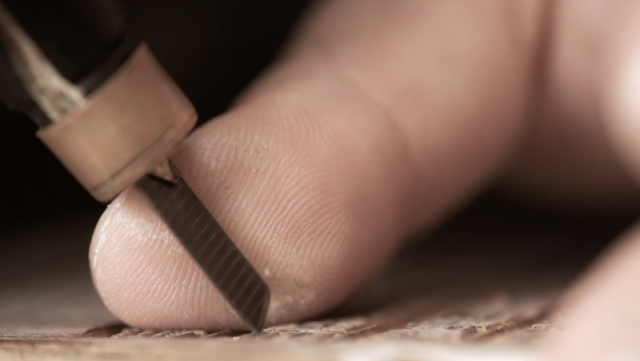
The hard work of hard work is just one aspect, and there are people's minds. Slotting, qi, condensed, engraved on the carved version, and the time stopped between the square inch. In Wang Kang's view, the most difficult to overcome the loneliness and repetition of learning is the most difficult to overcome.
"There is a teacher in our school, and we will listen to TV when repairing ancient books, because it is completely quiet, too lonely," Wang Kang said. For himself, what is even more unbearable is stagnation repeated.
Wang Kang is eager to break through, even if it is a small change. For a while, in order to improve his skills, Wang Kang took the bottom of his daily manuscript, holding it on the bus, and how to engrave his heart. He likes to think about the stubbornness and persistence of craftsmen.
For how to break through the bottleneck period, Wang Kang also summarized eight words: returning from cooked, not broken. "You can't maintain the current level to work, you have to abandon all the techniques you have already mastered, and start from scratch to find a new feeling. Wrong, only when you are wrong, you know how you won't be wrong, this is' not broken or not. "
In the ten -year -old period of the engraving, Wang Kang participated in nearly 100,000 words of carving. After ten years of "polishing and polishing", the spirit of the craftsman has long been embedded in Wang Kang's work and internalized into his character. "I used to be a very impatient person, but now, now, I hope to do one thing better than speed." Such a change also comes from the words of the two masters. "Master is like a master, his character will make you yearn, let you want to become like them, and become a person who is pursuing good."
Ru Xing as the old: the development of the inheritance and integration of the teacher's Taoism
The two masters in Wang Kang's mouth were the two inheritors who met at the "Achievement Exhibition of Ancient Books" -Deng Qingzhi and Ma Mengqing.
Deng Qingzhi is the only female heir who has been engraved in Jinling for more than a hundred years. Under the gentle appearance, it is the perseverance of insisting on writing and engraving every day for thirty years.
Ma Mengqing is the sixth -generation inheritor of Jinling's printing skills and the only national inheritor in this technique. Due to the day after tomorrow, Ma Mengqing's hearing was a bit damaged. At first, Wang Kang had some obstacles to communicating with him, but after many years of transmission, Wang Kang and Master's communication have basically no language, and one look can understand each other.
For Master's relationship with himself, Wang Kang used "doting" to describe. "Master Ma saw me grinding his knife, and he would worry about me scratching my hand and wanting to help me."
Wang Kang and Ma Mengqing
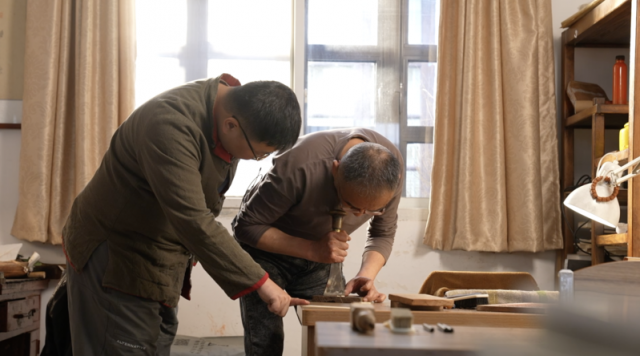
In addition to the two masters, Wang Kang's growth was inseparable from the "dialogue" with the ancients. In the backyard version of the backyard, there are 125,000 sutra editions, which are the efforts of generations of craftsmen. Pulse inheritance.
At the beginning of the scripture, Wang Kang just caught up with the repairs of the Sutra Version. In order to protect the Tibetan national treasures, the Jinling engraved scriptures are reinforced and reinforced by the edition building, and the hardware upgrade has become a cultural relic library that meets the conditions of cultural relics.
At that time, Wang Kang and his colleagues moved out the versions in the warehouse. Because of this, he is familiar with each version of the versions and sincerely admire the art and wisdom of the ancients.
Wang Kang's dream is to be able to publish a shoulder -length work. "Because of these unparalleled works, the skills of our current people can get progress." For Wang Kang, the process of carving is to use a knife to use a knife to use a knife Those traces carved before walking away, learn the angle and mood of previously engraved characters.
"Our engraved version is not to complete the task. As a craftsman's responsibility, we must see the best things to the future generations and prove that we have come. If this thing is broken in my hands, pick it up later. , Rely on photos and information? Do you imagine yourself? "
For Wang Kang, engraving is a job and the mission of embedding in life.
From Ma Mengqing to Deng Qingzhi to Wang Kang, Jinling carved through printing skills to the eighth generation.
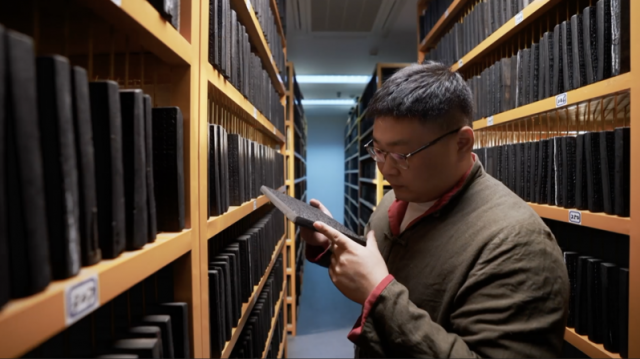
Deng Qingzhi admits that the spread of carving printing skills is no longer for productivity, but a cultural accumulation. During the Nanjing Youth Olympic Games in 2014, the engraved emblem and mascot "砳砳" carved printing work was launched, and interactions were displayed at the Youth Olympic venue.
When the cute mascot and the Jinling engraved by the Jinling, the ancient skills have new vitality.
"There are a lot of people, especially parents with children." Wang Kang's memory of the flow of people still remembers. "They all hope that children can expose more traditional culture and make children more abundant."
"Jinling Carved Printing Techniques "'s innovative display at the 2014 Nanjing Youth Olympic Games
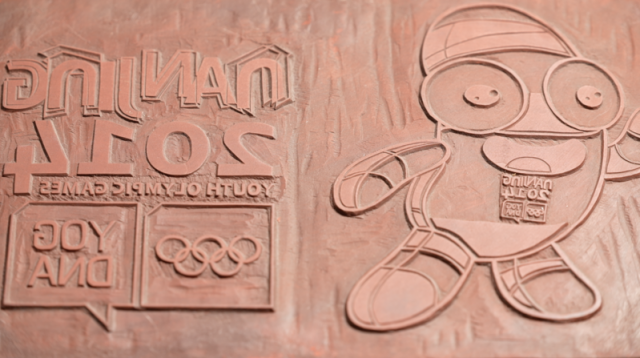
In Wang Kang's view, the preference for handmade art is the pursuit of integrating into human DNA. "Human development always needs to have personalities, not the same thing. Therefore, this ancient craft will not fall in the future. When it is repeated, it is still glorious, but it depends on how we give it to it to give it given to it. Keep it. "Wang Kang said.
(Director of this issue/Jiang Hongyi Wang Weijie Manuscripts/Jiang Hongyi Zhou Shijie Camera/Li Hui Zhang Runsen Summer Early/Yuan Jie Miao Xu Liu Bingxin Liu Xiangnan)
- END -
Treasure calendar: How to put the details of the entire London into the painting?
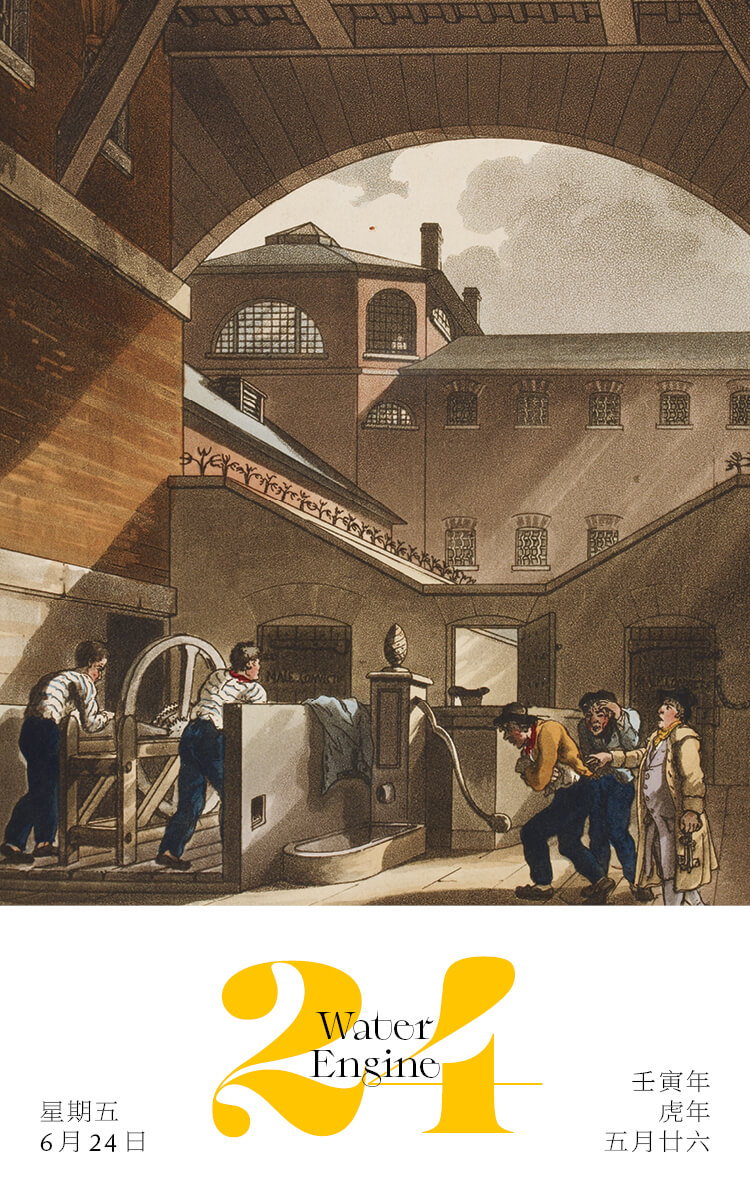
Zhanlu's collection calendar, a civilized treasure every day, customize your exclu...
The best mode of getting along with a home: gratitude, saying comfortably, doing physical stickers

A happy home requires every member,Breeding with love as the material.Author: LEYL...